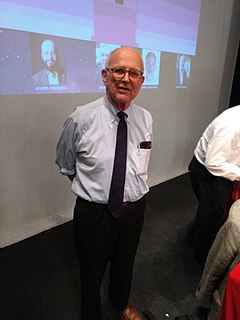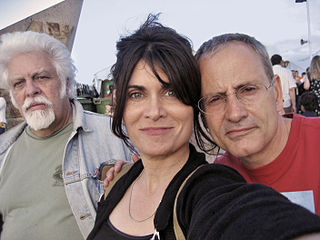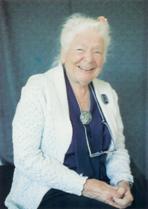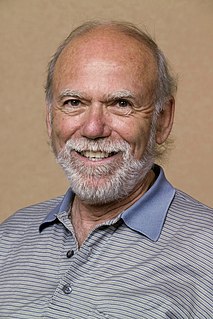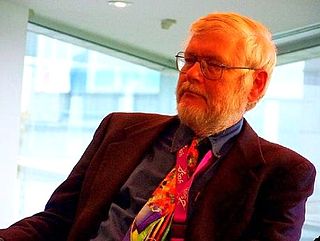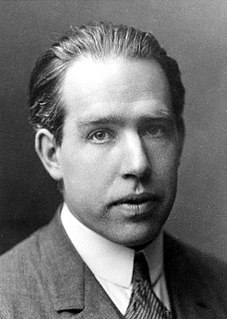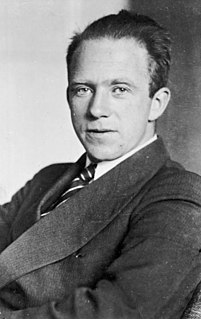A Quote by Rainer Weiss
The students on my course were fascinated by the idea that gravitational waves might exist. I didn't know much about them at all, and for the life of me, I could not understand how a bar interacts with a gravitational wave.
Related Quotes
A gravitational wave is a very slight stretching in one dimension. If there's a gravitational wave traveling towards you, you get a stretch in the dimension that's perpendicular to the direction it's moving. And then perpendicular to that first stretch, you have a compression along the other dimension.
Even if 'going retrograde' or 'moving into Aquarius' were real phenomena, something that planets actually do, what influence could they possibly have on human events? A planet is so far away that its gravitational pull on a new-born baby would be swamped by the gravitational pull of the doctor's paunch.
I spend quite a bit of time thinking about my students. I look at them, at their work, I listen to what they tell me, and try to figure out who they might become in the best of all possible worlds. This is not easy. Students try to give you clues; sometimes they look at you as if imploring you to understand something about them that they don't yet have the means to articulate. How can one succeed at this? And how can one do it 20 times over for all the students in a class? It's impossible, of course. I know this, but I try anyway. It's tiring.
